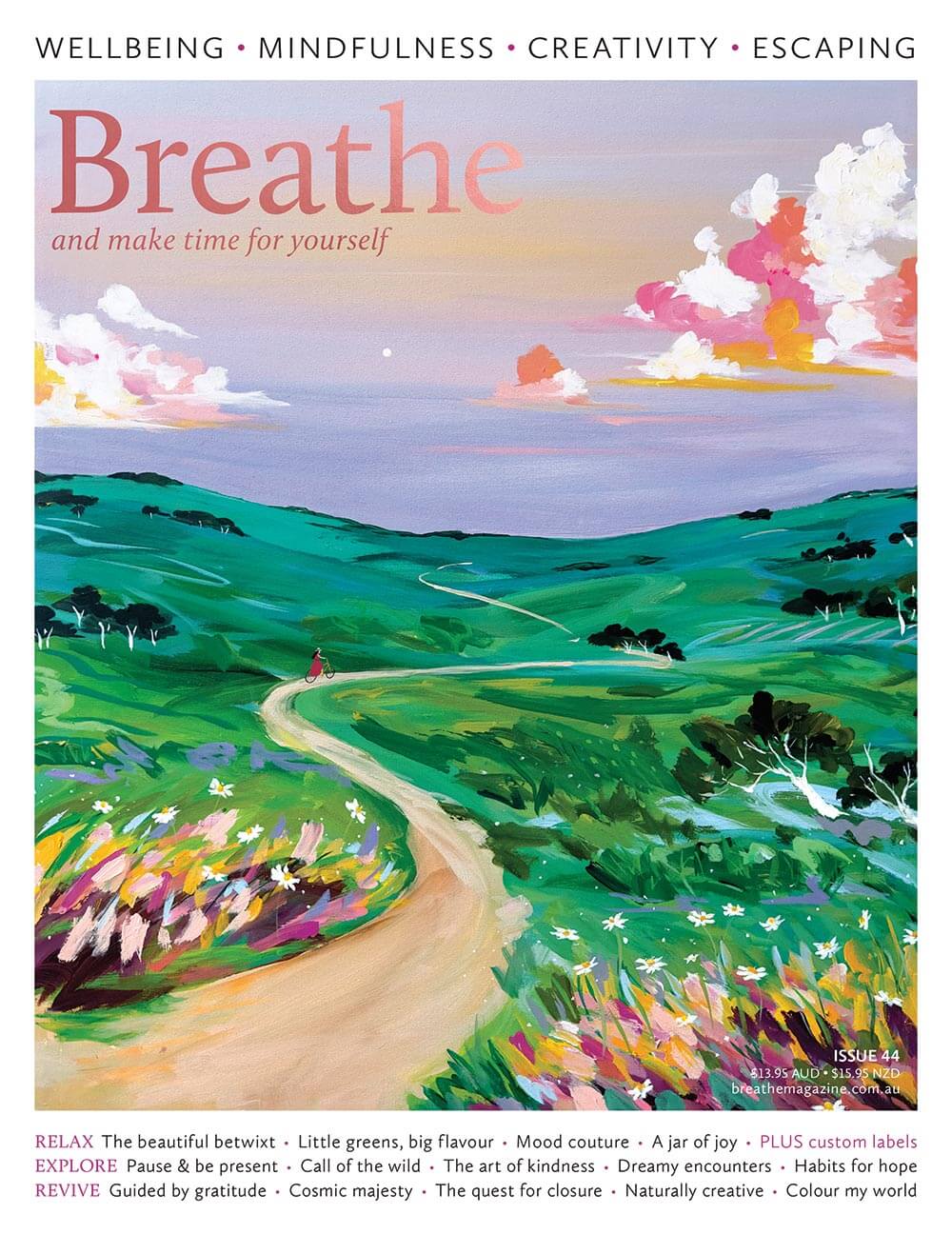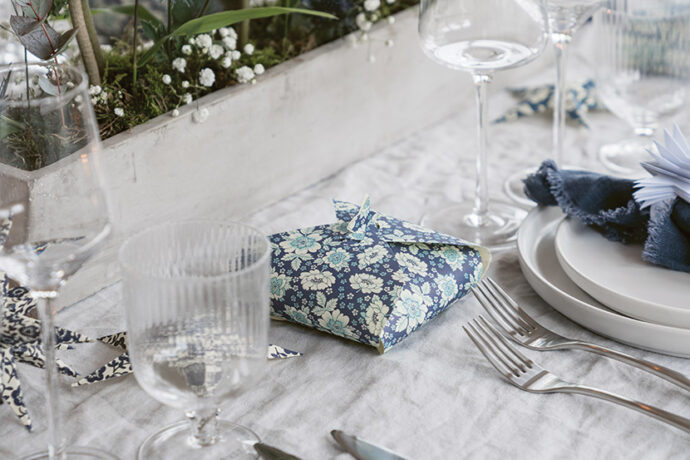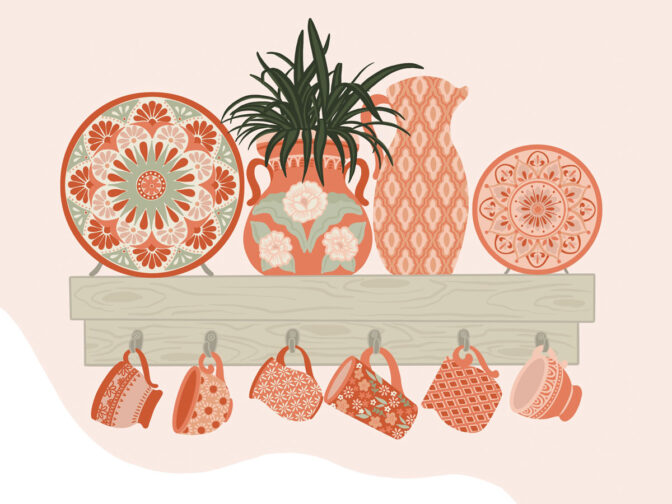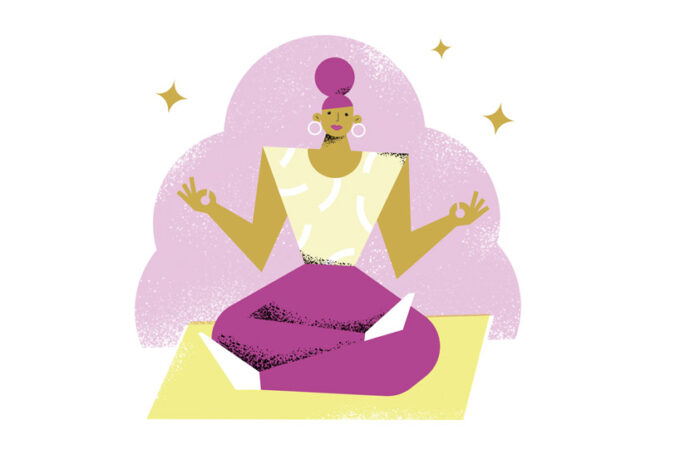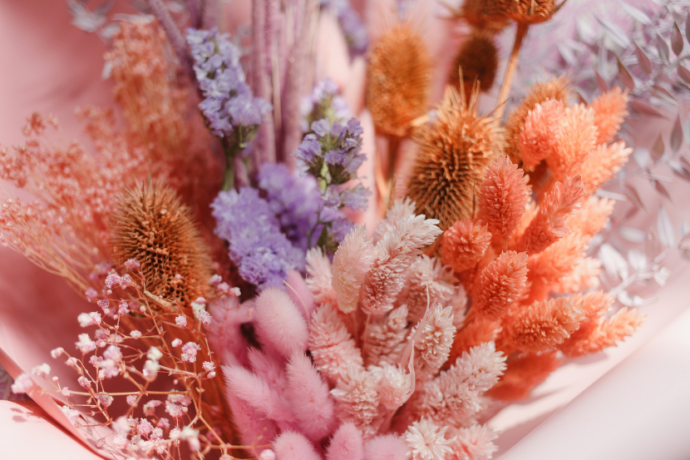
Can something as simple as organising your shelves help you to be more mindful?
Mindfulness doesn’t come easily to me. I struggle with finding stillness; with ‘simply being’. In fact, I’d go so far as to say that maybe I’m not really a human being at all, but actually a human ‘doing’.
I’d always thought I was a bit of a lost cause when it came to mindfulness, but then I stumbled upon something that helped me see it with fresh eyes – arranging objects on shelves or ‘doing shelfies’. Search for #shelfie on Instagram and you can find more than a million images, featuring anything from books and cosmetics through to food in the fridge. But can the process of creating shelfies also be a mindful one?
Shelfie journey
I started arranging objects on shelves for my blog. It began as a straightforward exercise in seeing how different objects worked together in visual union on a shelf. It was less about organisation and tidying up and more about still life, aesthetics and theatre. I enjoyed the interaction between the objects, whether it was the colour, the composition or the story they told when put together.
I found myself arranging shelves whenever the mood took me, which generally meant every day and sometimes more than once a day. I’d jump up from the lounge, filled with a visceral need to get creative, and the result was always lovingly arranging my shelves. I even ended up writing a book called Shelfie.
Where others might organise paperwork or crack on with cleaning when stressed, I would shelfie. It was as if immersing myself in the process introduced structure into my life and edged out uncertainties over work or parenting worries. I’d even do shelfies when I wasn’t feeling stressed, simply to enjoy the ride and be flooded with feelings of contentment.
At first, I didn’t understand the significance of this to my mental wellbeing. The primary reason for doing shelfies was to revel in the beauty of it all. Within a few months, however, I felt calmer, more grounded and my mind was less inclined to go off on an anxious trajectory.
Creating a picture-perfect shelf may seem too active a pursuit to be mindful, but that isn’t necessarily the case. Neil Seligman, author of 100 Mindfulness Meditations, says mindfulness can be practised in two ways: through formal seated meditation and through informal practices while going about your daily activities.
So, calm can be found in doing mode as well as in being mode. ‘It’s possible to bring mindful awareness to any activity, whether it’s drawing, showering, eating, talking, hiking, driving, commuting, organising – literally anything,’ he says. ‘It is not so much about what you are doing – but how you are doing it and with what intention.’
I might not have cracked meditation so far as to become a yogi, but I think I’ve found my own form of mindfulness. It’s about what works for you, regardless of how unorthodox it may seem.
How to create a mindful shelfie
- Decide which shelf or area you’re working with
Even this seemingly basic process is about simple, doable decision-making and can offer an immediate sense of calm. The decision to contain creativity on a shelf (as you might do on a canvas) is highly satisfying.
- Clear the shelf
The process of liberating the shelf helps you to dissociate from past and future. I find this happens because objects have voices and personalities (often related to where and when we got them) and can interfere with the desire for clarity, both physically and mentally. You’ll start to repopulate the shelf soon, but you need space first.
- Decide what you want to achieve
Are you looking for order or creativity from your shelfie? It may be that your intended arrangement fulfils both criteria (an organised shelfie doesn’t have to lack creativity), but deciding which to focus on will help you to understand whether your mindfulness is about structure or being more free-form.
- Shelfie when you need to
Creating a shelfie can be a nourishing, creative distraction and an opportunity to step away from another situation. As such, I don’t pencil it into my day but do it when I feel like it. It may be, however, that having a set time each day is the way to give you some structure. Do whatever works for you.
- Connect with your objects
As you choose objects for your shelfie, connect with them. Take notice of their colours, shapes, textures and sizes rather than simply placing them on the shelf. Try not to let your mind wander onto their history (a childhood book, for example) or what they mean for the future (‘I must remember to buy a vase like this for my mum’s birthday’). Stay where you are.
- Step back and look
The act of stepping back and considering what the shelfie needs, and taking time to consider something deeply is a similar process to meditation. It’s about considering your feelings and what your mind and body are telling you. I find the process silent and calming.
- Make shelfies without judgement
I’ll often dismantle my arrangement after a few days. Accepting that they are temporary means there is less pressure to create the perfect shelfie.
Words: Martha Roberts
This article was originally published in Issue 19 – Global heart-warming
